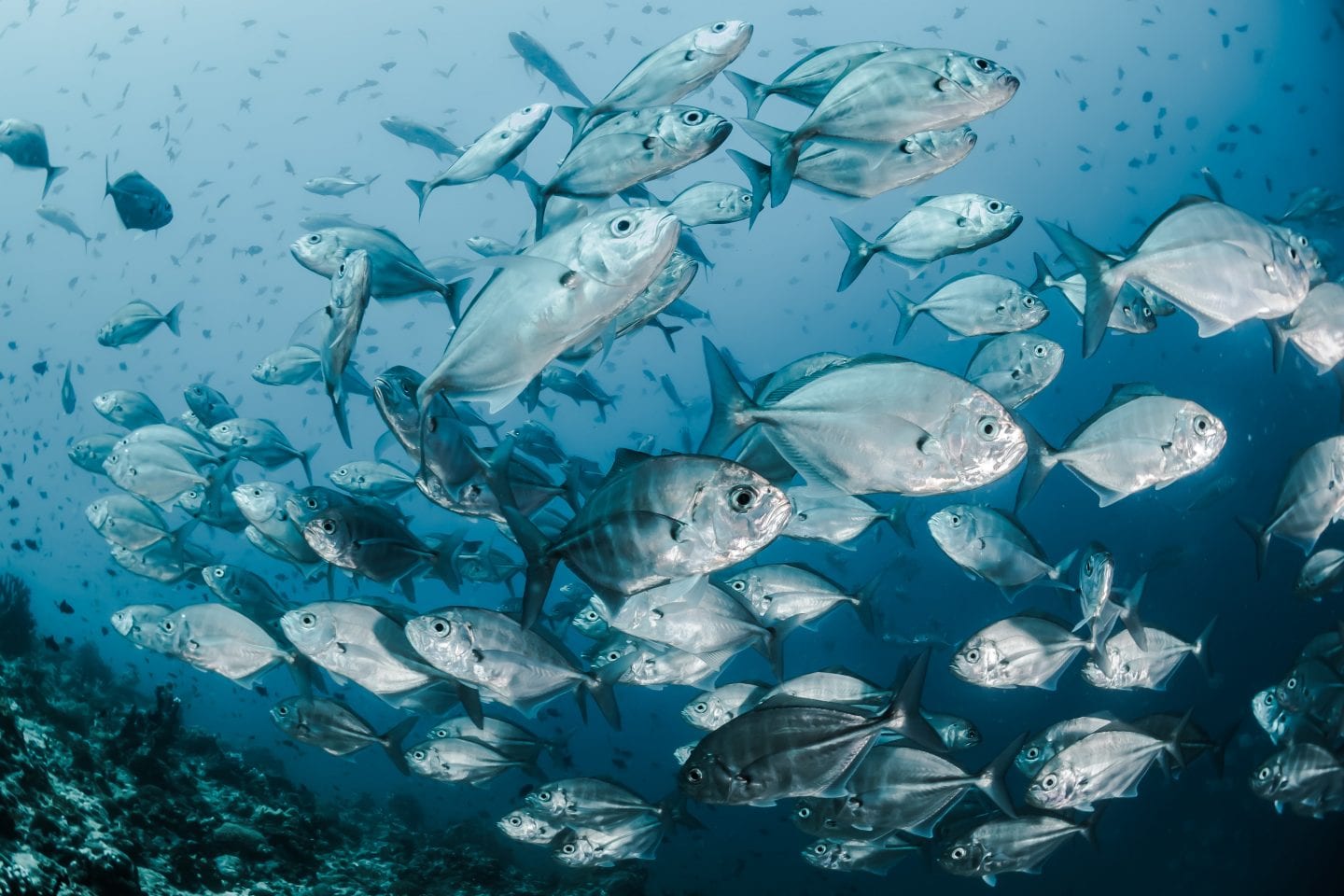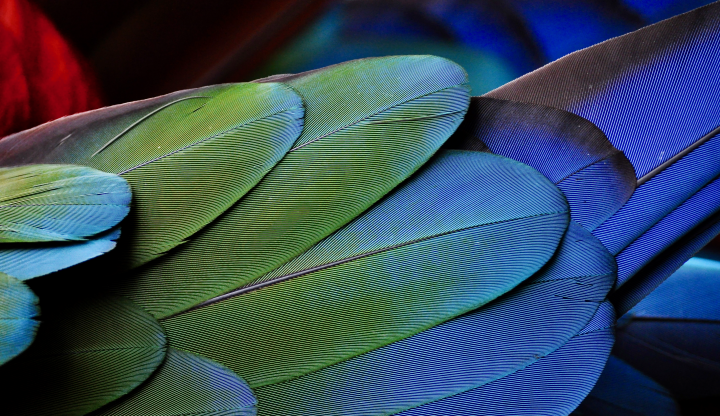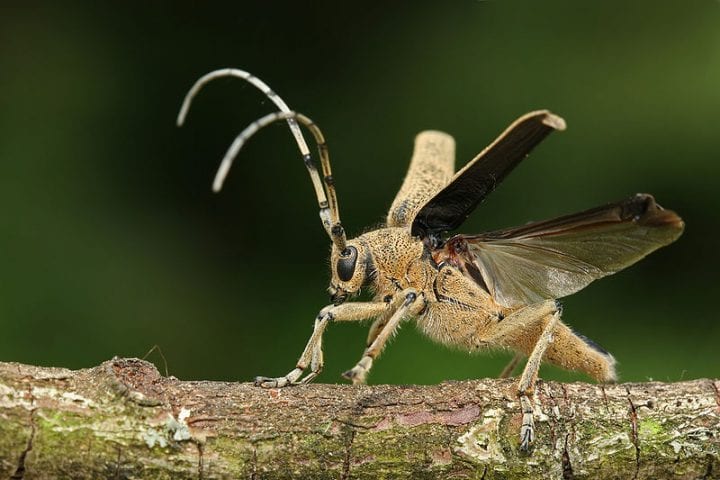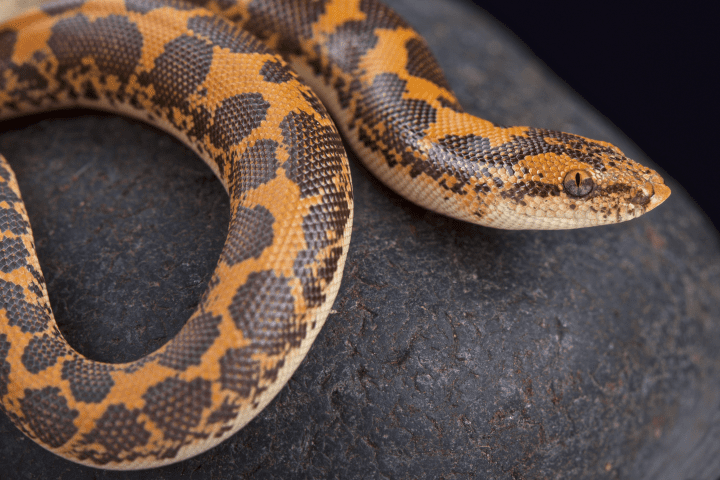The skin of blennies prevents abrasion through tough skin and secreted mucus.
“The skin of intertidal fishes is generally tough, and so it can withstand repeated scraping against the substratum. Some of the fishes (such as blennies and clingfishes) have no scales; in others (such as gunnels and pricklebacks) the scales are greatly reduced and in still others (the gobies) they are attached very firmly. Many of the fishes secrete large amounts of mucus, which may provide lubrication in confined spaces.” (Horn and Gibson 1988:60-61)







